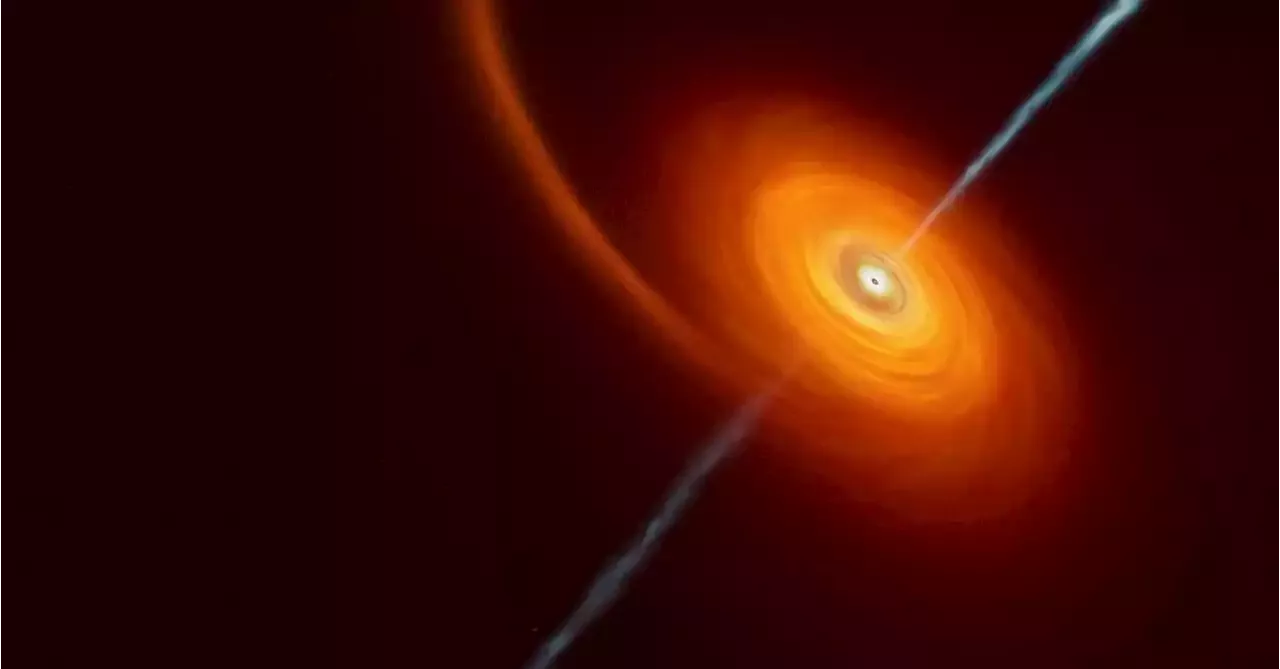Astronomers have detected an act of extreme violence more than halfway across the known universe as a black hole shreds a star that wandered too close to this celestial savage. But this was no ordinary instance of a ravenous black hole.
The culprit appears to be a supermassive black hole believed to be hundreds of millions of times the mass of our sun located roughly 8.5 billion light years away from Earth. A light year is the distance light travels in a year, 5.9 trillion miles .
The event was detected in February through the Zwicky Transient Facility astronomical survey using a camera attached to a telescope at the Palomar Observatory in California. The distance was calculated using the European Southern Observatory's Very Large Telescope in Chile. Andreoni and Coughlin said the black hole was likely spinning rapidly, which might help explain how the two powerful jets were launched into space at almost the speed of light.
Brasil Últimas Notícias, Brasil Manchetes
Similar News:Você também pode ler notícias semelhantes a esta que coletamos de outras fontes de notícias.
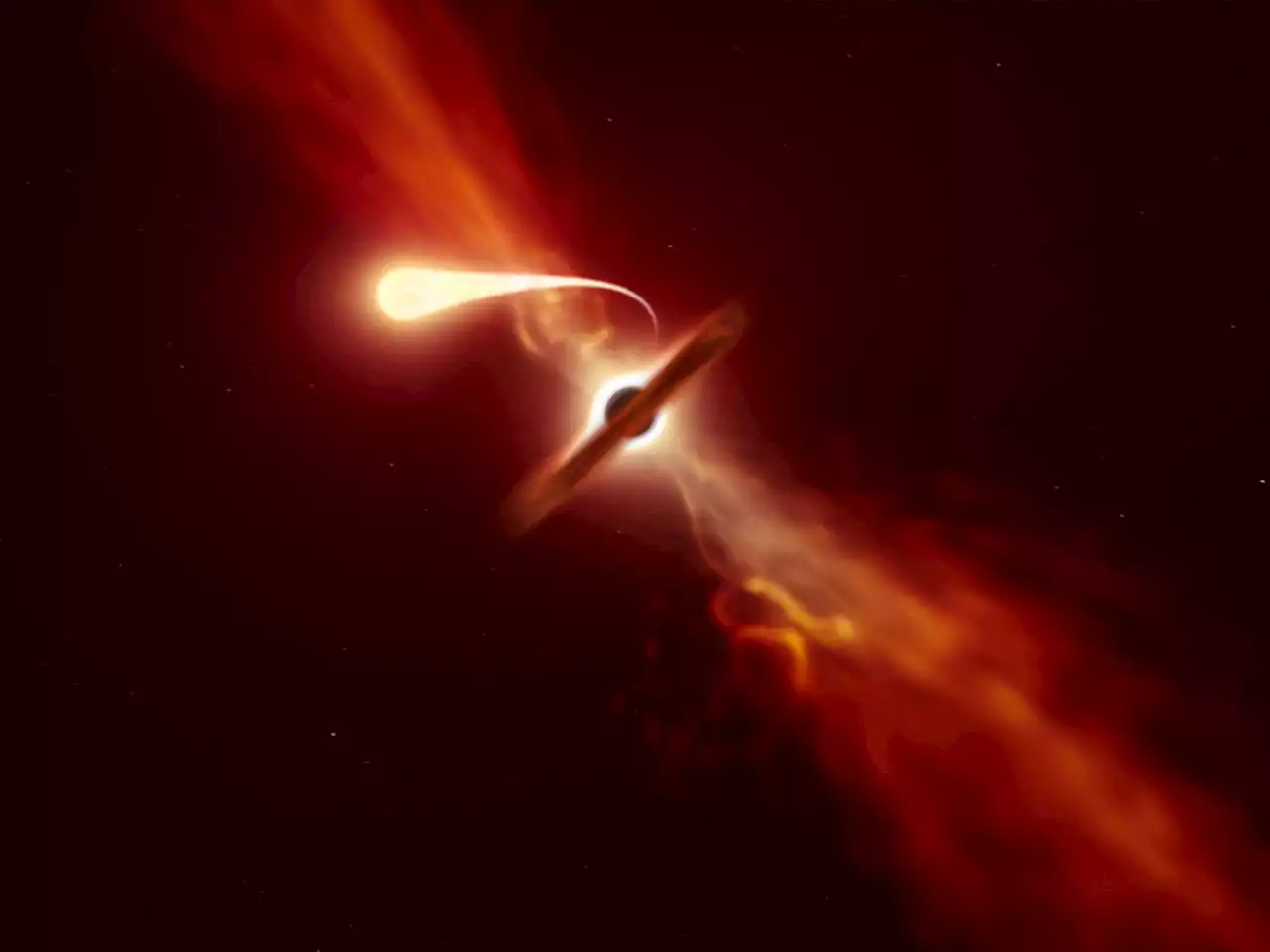 Astronomers caught a black hole slurping up a star like spaghettiWhen a star ventures a little too close to a black hole, the intense tidal forces suck into it like a giant noodle of star stuff in a cosmic (and much more chaotic) reenactment of that iconic scene in “Lady and the Tramp.” The black hole’s extreme gravitational pull shreds the star into thin strands of material—a process delightfully called “spaghettification.” When these noodle-like strips get sucked into the black hole, they release a powerful bright flare of energy. In September of 2019, the light from such a doomed encounter reached Earth.
Astronomers caught a black hole slurping up a star like spaghettiWhen a star ventures a little too close to a black hole, the intense tidal forces suck into it like a giant noodle of star stuff in a cosmic (and much more chaotic) reenactment of that iconic scene in “Lady and the Tramp.” The black hole’s extreme gravitational pull shreds the star into thin strands of material—a process delightfully called “spaghettification.” When these noodle-like strips get sucked into the black hole, they release a powerful bright flare of energy. In September of 2019, the light from such a doomed encounter reached Earth.
Consulte Mais informação »
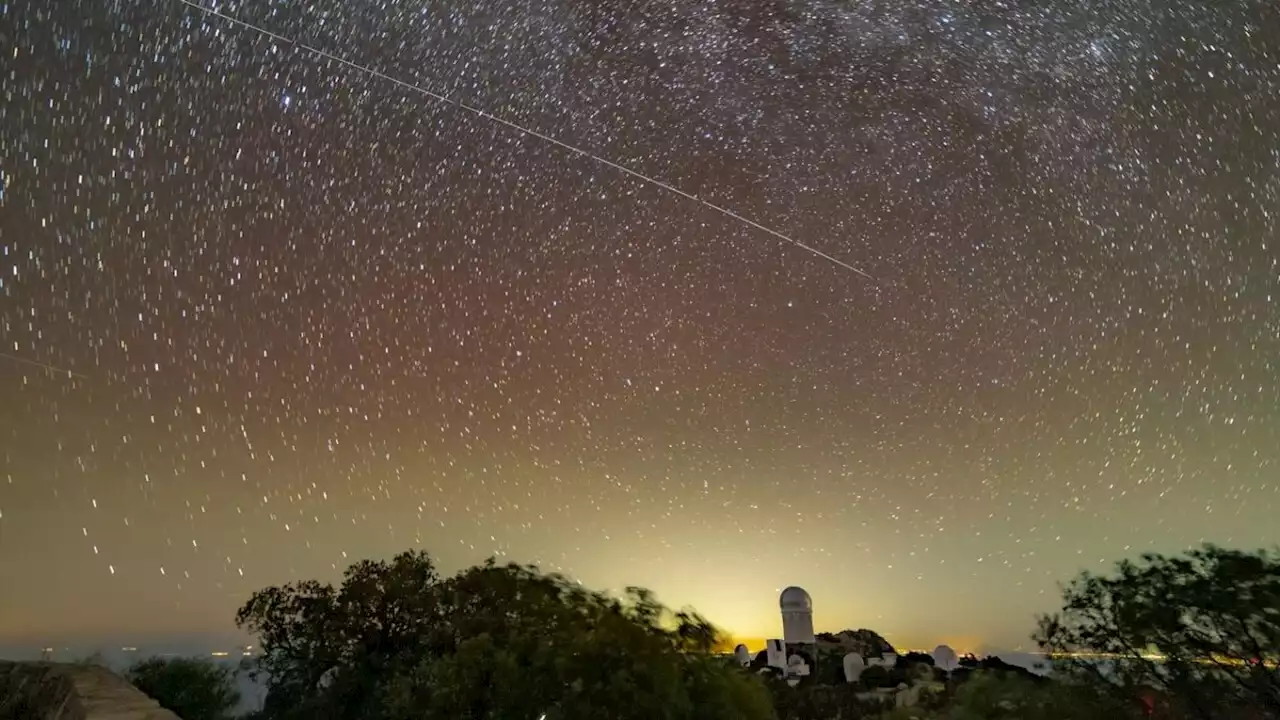 Astronomers denounce super-bright new BlueWalker 3 satelliteBoth optical and radio astronomy are at risk.
Astronomers denounce super-bright new BlueWalker 3 satelliteBoth optical and radio astronomy are at risk.
Consulte Mais informação »
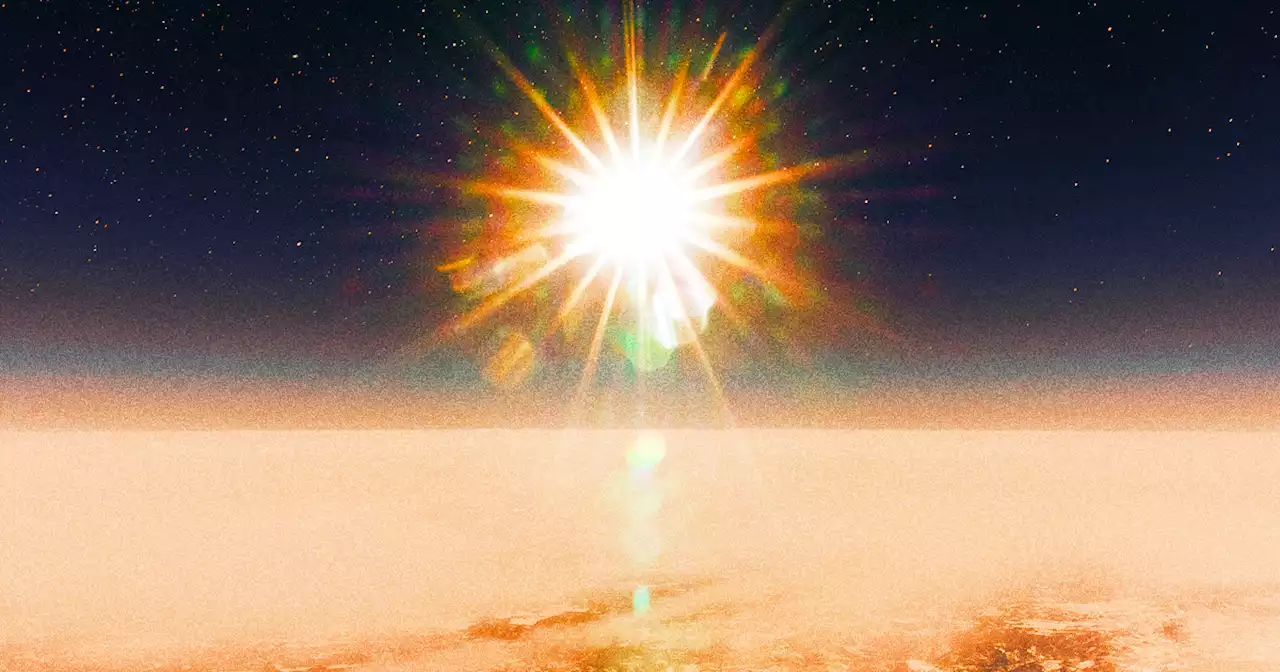 Astronomers Annoyed at Ludicrously Bright SpaceX-Launched SatelliteOne of the world's preeminent astronomy organizations is decrying a newly-released satellite that has become one of the brightest objects in the sky.
Astronomers Annoyed at Ludicrously Bright SpaceX-Launched SatelliteOne of the world's preeminent astronomy organizations is decrying a newly-released satellite that has become one of the brightest objects in the sky.
Consulte Mais informação »
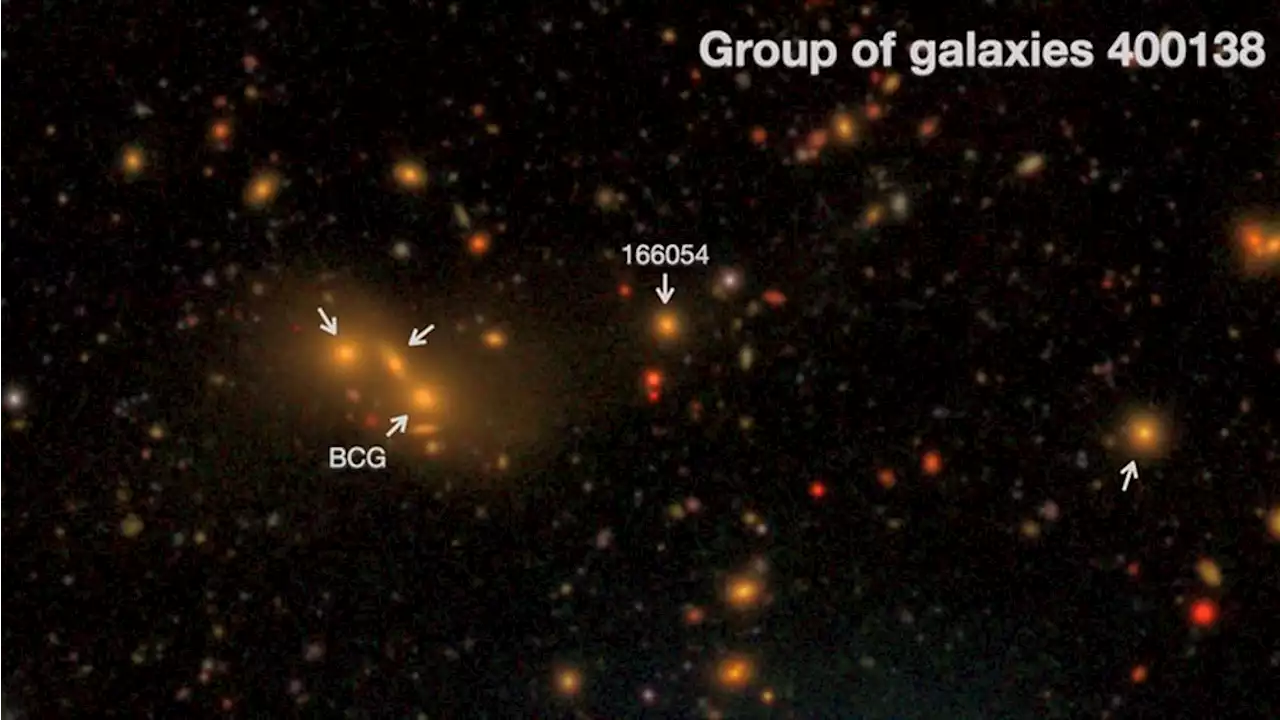 Astronomers Detect the Faint Glow of Stars in Between GalaxiesIt's hard to study stars orphaned from their galaxies because their light is so faint. But they hold important clues.
Astronomers Detect the Faint Glow of Stars in Between GalaxiesIt's hard to study stars orphaned from their galaxies because their light is so faint. But they hold important clues.
Consulte Mais informação »
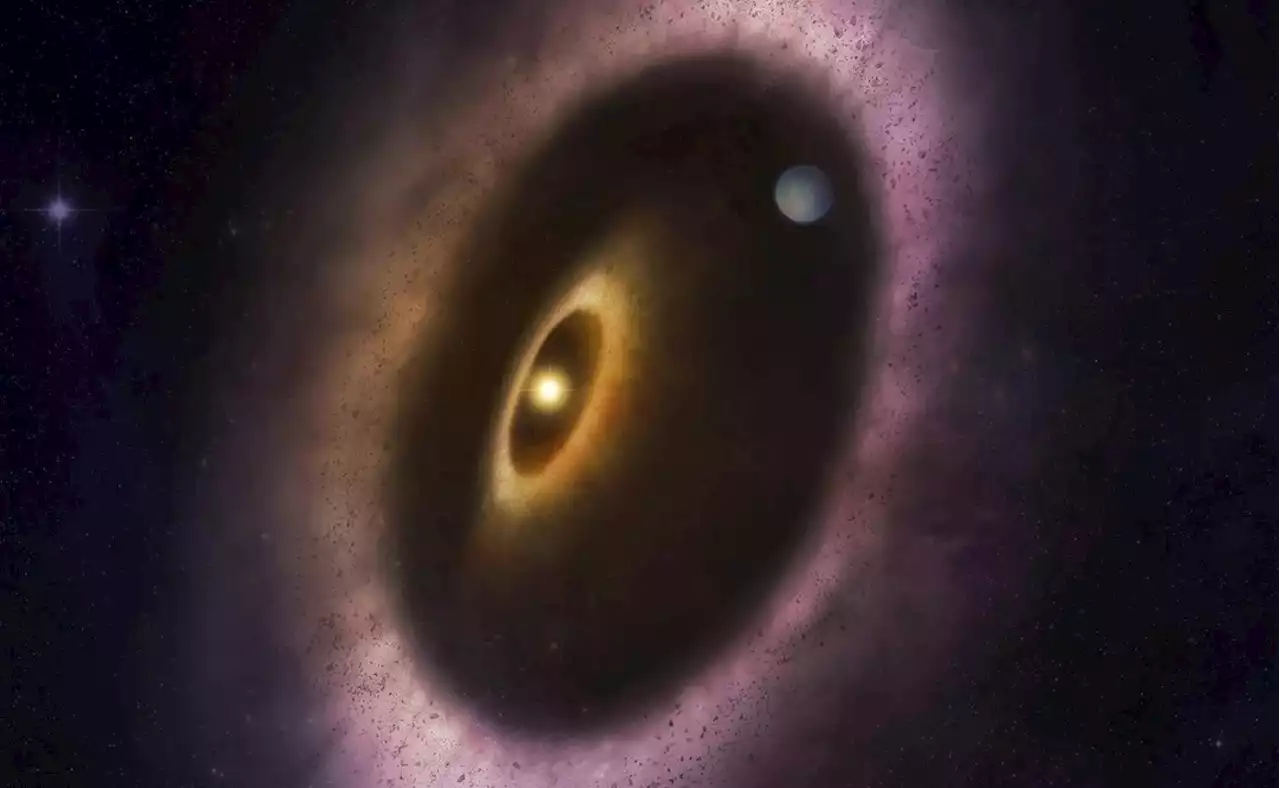 Astronomers Directly Image a Jupiter-Sized Planet Orbiting a Sunlike StarThe SHINE collaboration recently observed a Super-Jupiter within a young debris orbiting a nearby star. Credit: ALMA (ESO/NAOJ/NRAO); M. Weiss (NRAO/AUI/NSF)
Astronomers Directly Image a Jupiter-Sized Planet Orbiting a Sunlike StarThe SHINE collaboration recently observed a Super-Jupiter within a young debris orbiting a nearby star. Credit: ALMA (ESO/NAOJ/NRAO); M. Weiss (NRAO/AUI/NSF)
Consulte Mais informação »
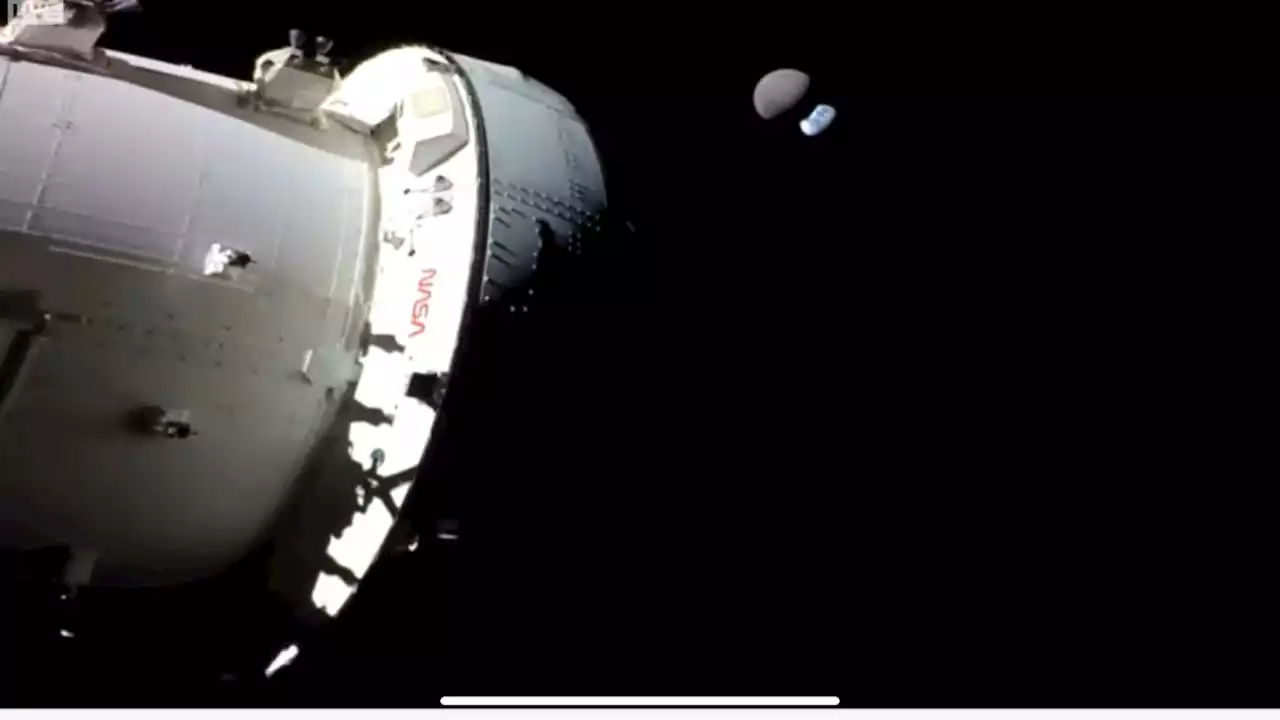 NASA's Orion spacecraft gazes back at Earth and the Moon from distant orbitNASA said Orion is the safest spacecraft in the NASA fleet.
NASA's Orion spacecraft gazes back at Earth and the Moon from distant orbitNASA said Orion is the safest spacecraft in the NASA fleet.
Consulte Mais informação »
